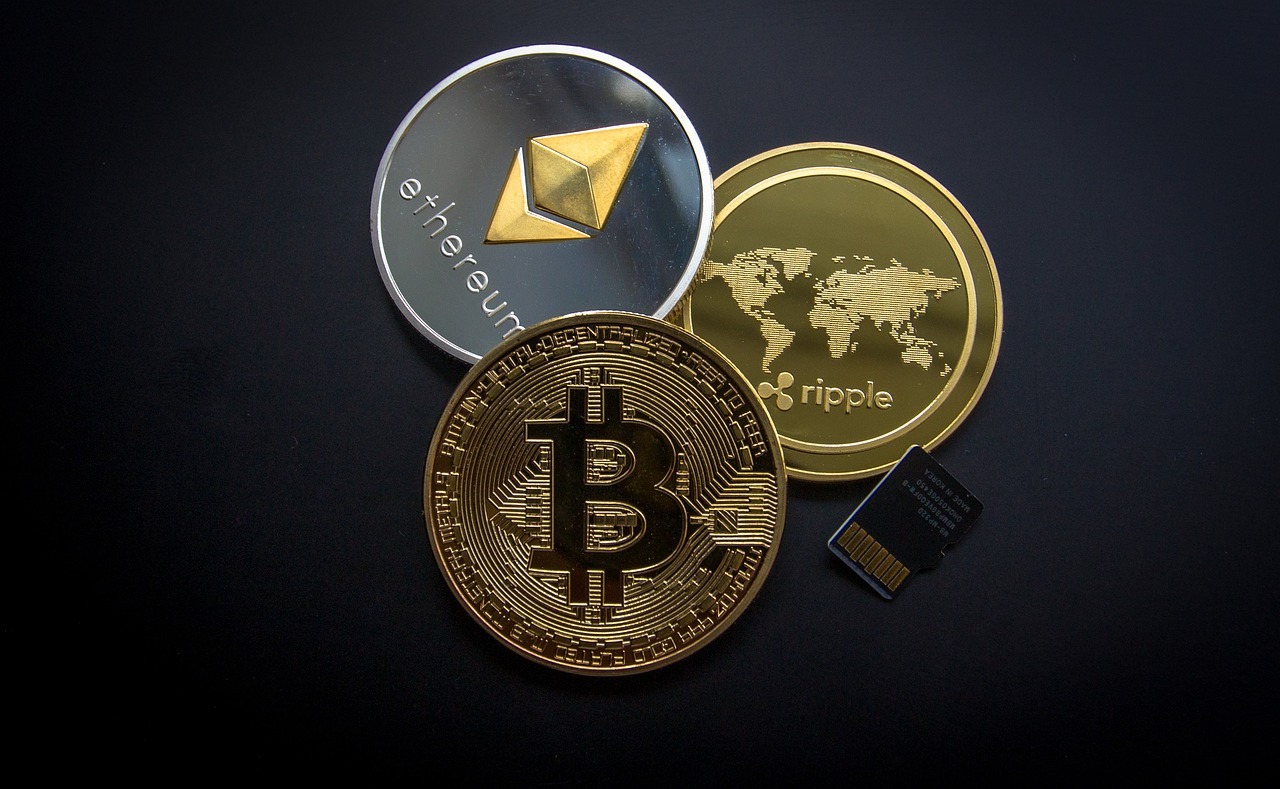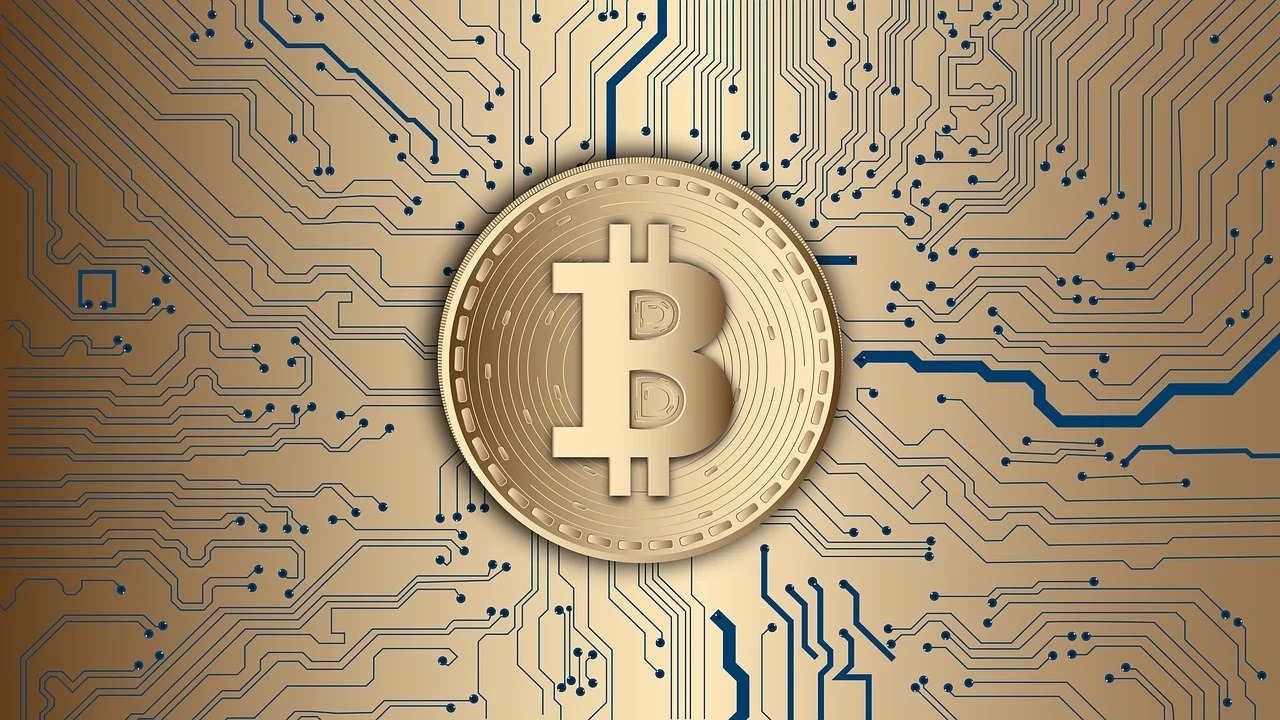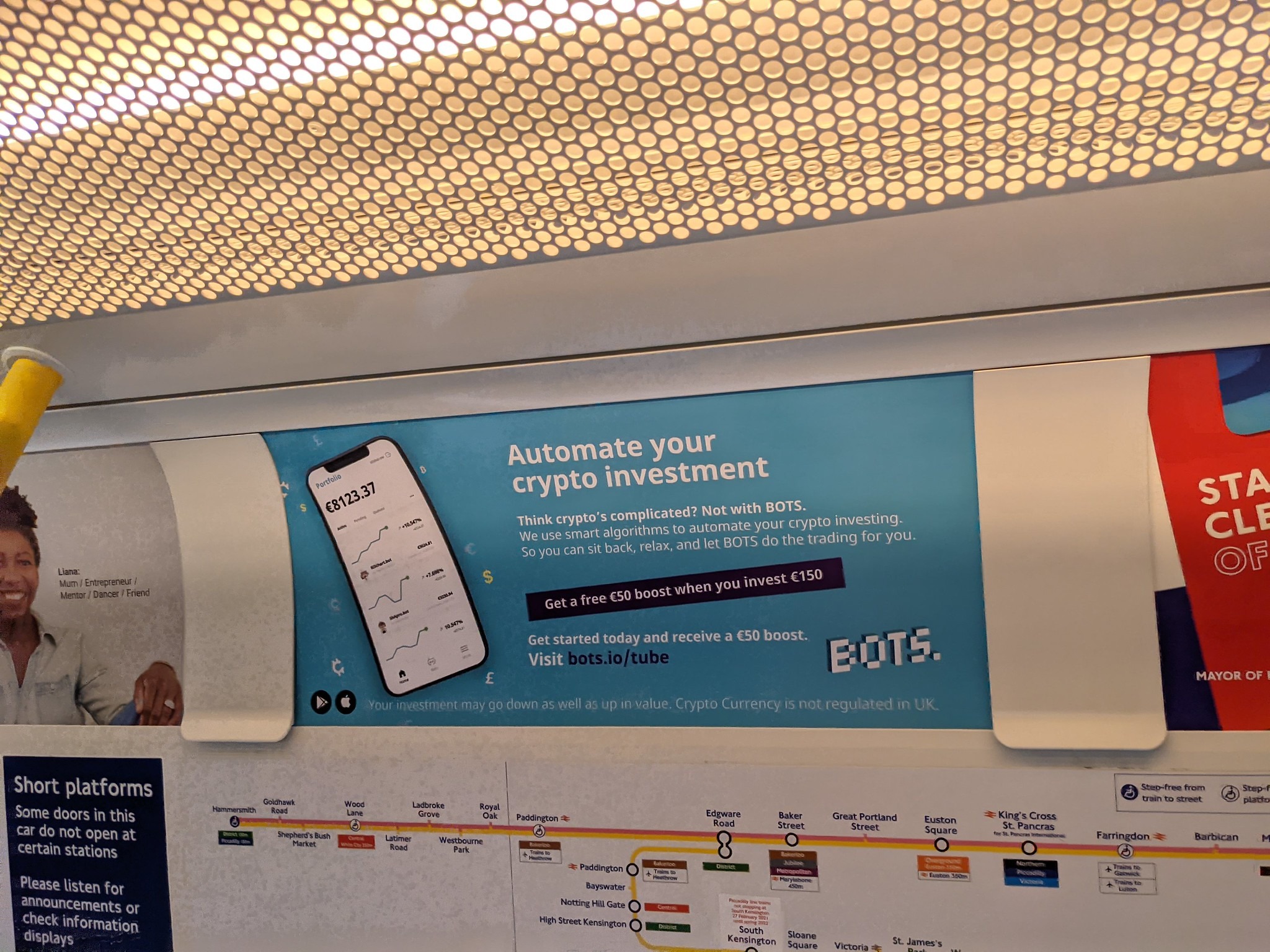In this blog post, we discuss the key changes from the Budget which impact the cryptocurrency sector.
The Indian Finance Minister announced the annual financial statement (Budget) for the financial year 2022-23 on February 1. The Budget introduced some important developments for the cryptocurrency sector. The changes announced largely revolve around income tax on earnings from cryptocurrencies and NFTs (or ‘virtual digital assets’ as the Budget calls them). The tax rates are relatively high, which is perhaps an attempt to deter smaller retail investors from trading in cryptocurrencies. The formal tax framework is, however, widely seen as a tacit sign that a ban on cryptocurrency isn’t on the cards. The government meanwhile maintains that it is in consultation with various stakeholders to introduce a bill for regulating cryptocurrencies. It’s unclear when the bill will be introduced; but it is unlikely to be tabled in the ongoing budget session of the Parliament.
In this blog, we summarise the key changes proposed in the Budget, which impact the cryptocurrency sector.
Meaning of VDA
The Finance Bill 2022, introduced with the Budget, proposes inclusion of a definition of VDA under India’s primary direct tax legislation – Income-tax Act, 1961 (ITA). For the time being, this definition is pertinent only for taxation of VDAs. It is possible that a bill to regulate cryptocurrencies (and NFTs) adopts a different definition.
VDAs are widely defined and cover almost all forms of cryptocurrencies. In effect, any information, code, number or token (whether generated cryptographically or otherwise), which can be electronically transferred, stored or traded will qualify as a VDA if it satisfies one of the following two conditions: (i) it provides a digital representation of value, with the promise or representation of having inherent value; or (ii) it acts as a store of value or a unit of account (including use in any financial transaction or investment).[i] In addition, the Government may declare specific digital assets or NFTs as VDAs. Meaning that not all NFTs may be VDAs under Indian tax laws, only those declared by the Government. VDA’s exclude Indian and foreign fiat currency.
Whitepapers of a lot of crypto tokens discuss how the token will gain value in the future. Such tokens are likely be treated as VDAs since the definition includes tokens with a representation of having inherent value. And since VDAs have been broadly defined to include any information, code, or number (generated cryptographically or otherwise), it may lead to some absurd interpretations. For instance, VDAs could potentially include credit card reward points, in-game currencies and even airline miles.
Interestingly, the definition of VDAs seems to be inspired from a previously proposed bill, which at the time advocated for a ban on all forms of cryptocurrencies.
Tax on income from the transfer of VDAs
The Government taxes speculative income from bets or winnings from horse races harshly to discourage such activities. A similar approach has been followed for taxing transfers of VDAs. It appears that the Government sees trading in VDAs as speculation rather than investments. When compared to other asset classes:
a. Transfer of VDAs entails a higher flat tax rate of 30%;
b. No deductions can be made from income from VDAs for expenses incurred (other than cost of acquisition). It is unclear if gas fee can be deducted as an expense against income from VDAs;
c. Losses from non-VDA activities cannot be set off against income from VDAs;
d. Losses from trade of VDAs cannot be set off against any non-VDA income; and
e. Losses from trade of VDAs cannot be carried forward (to the next financial year).[ii]
To illustrate, if Vitalik buys Bitcoin at INR 1000, and sells it at INR 500 within a financial year, he will incur a loss of INR 500. This loss can neither be set off against non-VDA income earned in that financial year, nor carried forward into the next.
For this new provision to apply, it is necessary that:
a. there is a transfer of a VDA. ‘Transfer’ of capital assets includes both, parting with ownership of an asset or creating a conditional interest in an asset[iii];
and
b. there is an income from such transfer.
If either of the two is absent, this provision will not apply. However, a wide definition of transfer under the ITA means that income from all common VDA activities (including from yield farming or staking) could be taxable under this provision.
The flat income tax rate is applicable to anyone transferring VDAs with no distinctions made for period of holding (short-term and long-term gains) or the nature of income (investment income or business income), as is the case when computing tax liability for transfer of other asset classes. So, the Budget offers no incentive to hold VDAs for longer periods. The tax rate remains 30%, regardless of the period a person holds a VDA.
Tax on gift of VDAs
Gifts of property are generally exempt from income tax. However, the law has mechanisms in place to prevent abuse of such relaxations.[iv] The Finance Bill aims to clarify how gifts of VDAs will be treated.
Gifting VDAs with fair market value (FMV) of over INR 50,000 will attract a tax liability of 30%.[v] The recipient of the gift must pay tax treating the FMV of such VDAs as income. However, owing to the volatility of VDAs, it may be difficult to assess FMV for VDAs. More clarity on how FMV of VDAs will be calculated is awaited.
This means that if VDAs with fair market value (FMV) of over INR 50,000 are distributed for free as part of a promotional campaign or as airdrops, they may be taxed under this provision. For example, if Satoshi transfers Bitcoin with FMV of INR 60,000 to Vitalik for free, Vitalik must pay a 30% income tax on INR 60,000 i.e. INR 18,000.
But not all gifts of VDAs (above the FMV threshold) are taxable. VDAs received from relatives or under a will or as a marriage gift aren’t subject to tax.[vi]
Withholding tax on payments made for transfer of a VDA
The Budget also introduces a withholding tax on any payments made as consideration (to an Indian resident) for transfer of a VDA. The intent of this provision is that the government wants to have an eye on the VDA transactions happening in the country. The rate of this withholding tax is 1%.[vii]
For this withholding tax to apply, it is necessary that there is a transfer of a VDA. But this tax is collected at the time of transfer of consideration, so income from such transfer of VDAs is not a prerequisite. Effectively, if Satoshi purchases Bitcoin from Vitalik and pays him INR 300, Satoshi must withhold tax on this amount at the rate of 1% i.e. INR 3.
However, not all trades are P2P. It is possible that crypto exchanges are responsible to collect and facilitate payment of withholding tax. And for this, they may need to rework their transaction flows and backend operations.
Withholding tax must also be paid where the entire or part consideration for a VDA is paid through another VDA. This is likely to create challenges. For example, if Satoshi trades Bitcoins to Vitalik in exchange of Dogecoins, several practical concerns arise:
a. Do both Satoshi and Vitalik need to withhold tax on transfer of Bitcoin and Dogecoin respectively? If not, then which of Satoshi or Vitalik must withhold tax?
b. Which VDA should be valued for the withholding tax? And how to value such VDA?
c. How will the withholding tax be deducted? The transaction is done entirely in VDAs but the tax will be paid in INR. How will crypto exchanges ensure payment of withholding tax? They may need to liquidate into INR a portion of the VDA being transacted or require customers to maintain certain INR balance.
This provision allows the Central Board of Direct Taxes (CBDT) to issue guidelines to remove difficulties in its implementation. Given that several issues are unclear, the CBDT is likely to clarify them through guidelines.
Authored by Priyam Jhudele, Associate with inputs from Aparajita Srivastava, Partner and Anirudh Rastogi, Managing Partner at Ikigai Law
[i] Clause 3(b), Finance Bill, 2022.
[ii] Clause 28, Finance Bill, 2022.
[iii] Section 2(47), Income Tax Act, 1961.
[iv] Section 56, Income Tax Act, 1961.
[v] Clause 16(b)(ii), Finance Bill, 2022.
[vi] Section 56(2)(x)(c), Income Tax Act, 1961.
[vii] Clause 59, Finance Bill, 2022.










